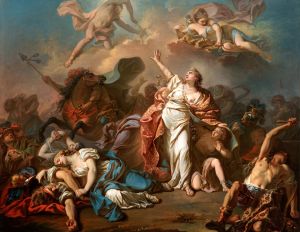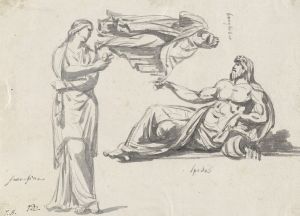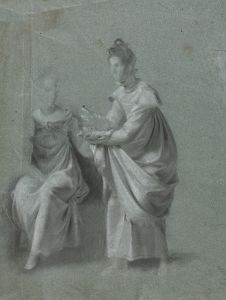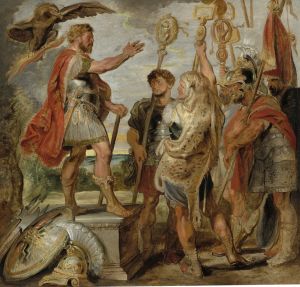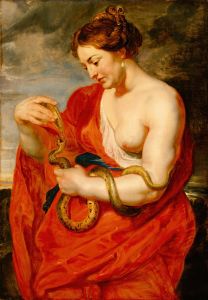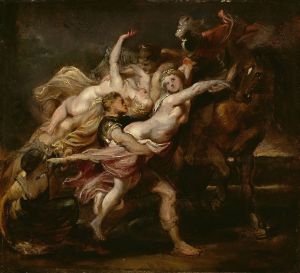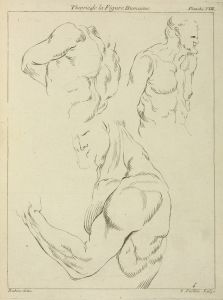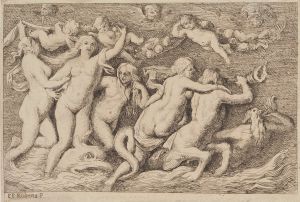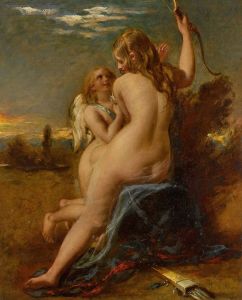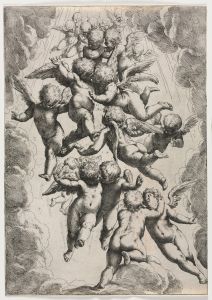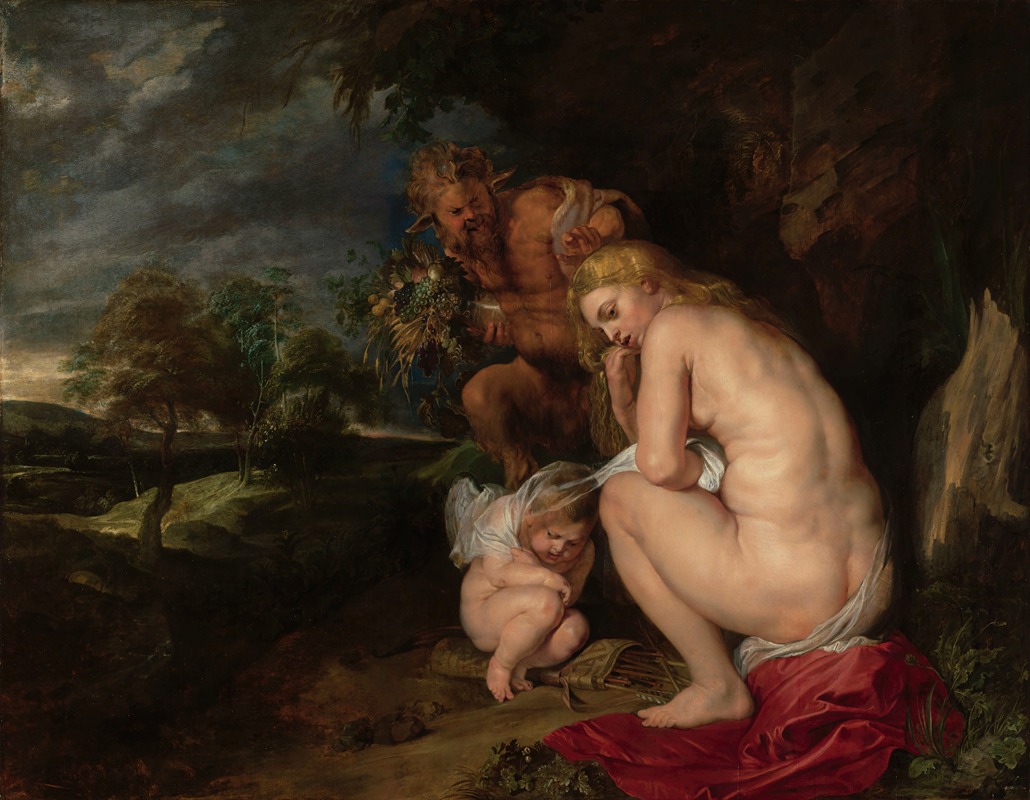
Venus Frigida
A hand-painted replica of Peter Paul Rubens’s masterpiece Venus Frigida, meticulously crafted by professional artists to capture the true essence of the original. Each piece is created with museum-quality canvas and rare mineral pigments, carefully painted by experienced artists with delicate brushstrokes and rich, layered colors to perfectly recreate the texture of the original artwork. Unlike machine-printed reproductions, this hand-painted version brings the painting to life, infused with the artist’s emotions and skill in every stroke. Whether for personal collection or home decoration, it instantly elevates the artistic atmosphere of any space.
"Venus Frigida" is a painting by the Flemish Baroque artist Peter Paul Rubens, created in 1614. The title, which translates to "Cold Venus," reflects the central theme of the work, which is the depiction of Venus, the Roman goddess of love, in a state of coldness and abandonment. This painting is notable for its dramatic use of color, composition, and the emotional intensity that Rubens brings to the mythological subject matter.
In "Venus Frigida," Venus is portrayed in a seated position, partially nude, with a melancholic expression on her face. She is accompanied by Cupid, her son, who is also depicted in a state of despondency. The coldness suggested by the title is visually represented by the icy landscape that surrounds the figures, a stark contrast to the warm, sensual depictions of Venus that are more commonly found in art. The cold environment emphasizes the theme of neglect and the absence of love and warmth.
Rubens was known for his dynamic compositions and his ability to convey complex emotions through his art. In this painting, he uses a rich palette of colors to enhance the mood of the scene. The flesh tones of Venus and Cupid stand out against the cooler, darker background, drawing the viewer's attention to their plight. The use of light and shadow adds depth and dimension to the figures, making them appear almost three-dimensional.
The painting is also significant for its allegorical content. It is believed that Rubens intended to convey a moral or philosophical message through the depiction of Venus in such an unusual manner. The coldness and desolation could be interpreted as a commentary on the consequences of neglecting love and beauty, or as a reflection on the transient nature of these qualities.
"Venus Frigida" is housed in the Royal Museum of Fine Arts in Antwerp, Belgium. The museum's collection includes several works by Rubens, who is considered one of the greatest painters of the Baroque period. His influence on the art world was profound, and his works continue to be studied and admired for their technical mastery and emotional depth.
Rubens' ability to blend classical themes with contemporary concerns made his work resonate with audiences of his time and continues to do so today. "Venus Frigida" is a prime example of his skill in combining mythological subjects with human emotion, creating a powerful and evocative piece that speaks to the enduring nature of love and the pain of its absence.
In summary, "Venus Frigida" by Peter Paul Rubens is a masterful painting that explores themes of love, neglect, and coldness through the depiction of Venus and Cupid in a desolate landscape. The work is notable for its emotional intensity, use of color, and allegorical content, making it a significant piece in Rubens' oeuvre and in the broader context of Baroque art.





